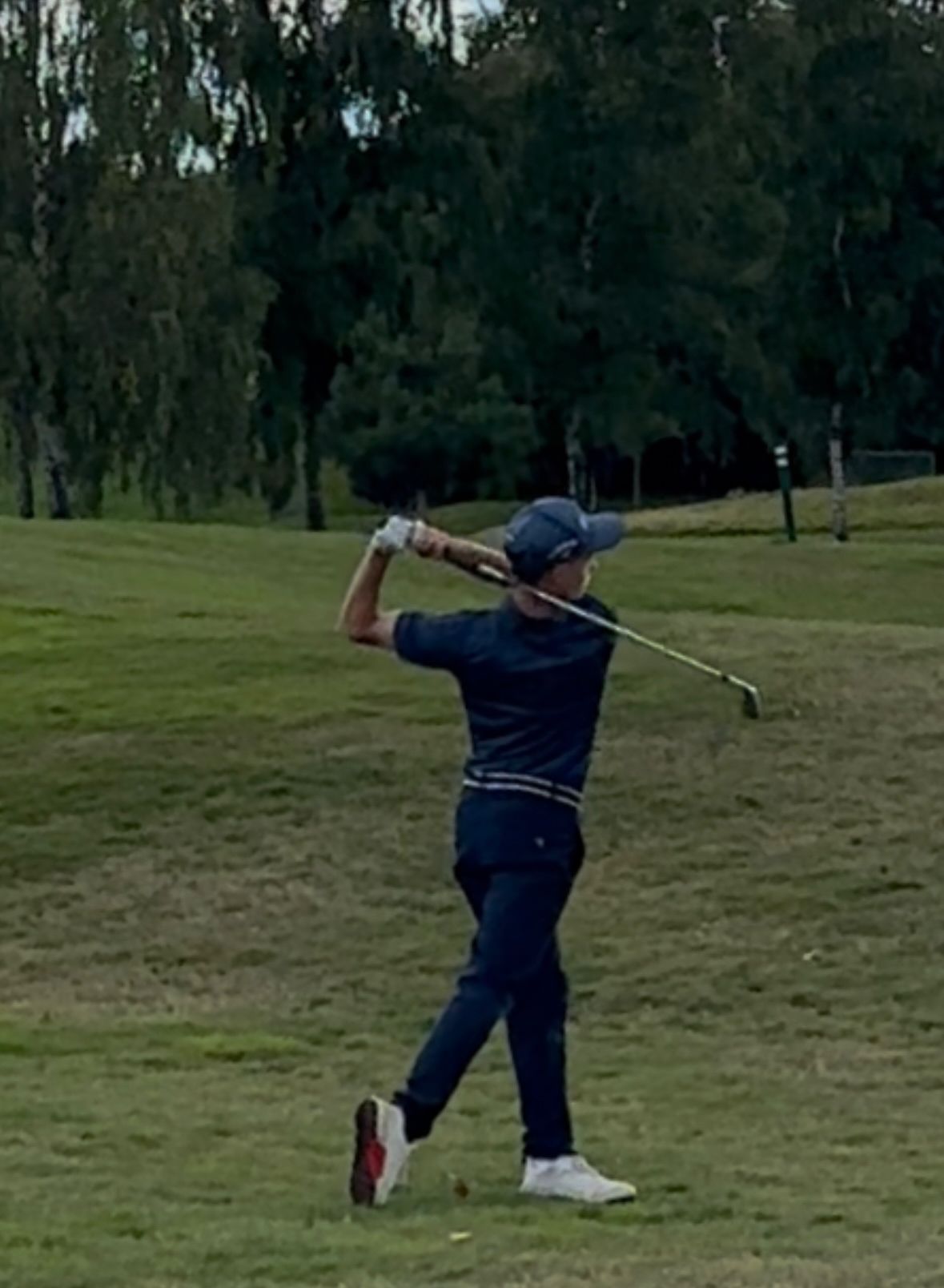Drivers
Finding the right driver is fundamental to improving your distance and accuracy off the tee. We have the very latest models from all the major brands including TaylorMade, Cobra, Mizuno and Callaway.
Our catalog of golf drivers
There's a huge choice of golf drivers on the market with variations in materials, shafts, head-sizes, and lofts, and manufacturers have made great advances in sweet-spot technology, adjustability and forgiveness. Our detailed descriptions and specifications will help you navigate through these choices and find the right club.
How to choose your equipment ?
Here are the criteria you should be thinking about to choose your golf drivers:
- Looks: You need to feel comfortable when you look down at your driver at address. There are many different colours and shapes of driver and picking one that fits your eye will help you swing better.
- Material: Virtually all golf drivers today are made of titanium or composite heads. Titanium is strong, long lasting and lightweight, allowing clubs heads to be big and players to swing faster. Composite golf drivers combine lightweight materials such as carbon which can lighten clubs further, or heavyweight materials such as tungsten which can help increase a club's perimeter weighting which will increase MOI.
- MOI: This stands for Moment Of Inertia. It refers to a club's forgiveness, specifically its resistance to twisting at impact. The higher the MOI, the less likely a club is to twist or rotate when you strike the ball away from the centre of the face.
- Club head size: Manufacturers measure the size of the driver in the volume of the club head. The smaller the head, the more you can shape your shots. But small head sizes lack forgiveness. 460cc golf drivers, the largest allowed by the Rules of Golf, are less easy to shape through the air, but provide a bigger sweet spot, minimizing mis-hits and providing maximum distance.
- Adjustability: Nearly all of them are now adjustable. Some models will offer face angle adjustability for those who want to correct hooking or a slicing. Others allow players to adjust the loft using an adjustable hosel. A loft of less than 10 degrees results in lower shots; over 10 degrees gives you a higher shot. Most golf drivers range from 8 to 12 degrees. Inexperienced players need a higher loft to have more success at the expense of distance. By changing the loft you will also change the lie, which is the angle of the shaft to the ground at address. This will affect ball flight horizontally left or right. Some of them let you change the loft without changing the lie and vice versa.
- Centre of gravity: This is the point at which the driver's weight is balanced. Items with a centre towards the back of the club will generate more loft with a higher backspin rate, which combines distance and accuracy for the average player. Some models have removable weight slugs that you can move to different positions in the club head, changing the centre of gravity.
- Shaft: Shorter shafts enhance control while longer shafts generate more club speed, and most manufacturers will offer equipment in regular, stiff, and extra stiff shaft flexes. Typically lighter, less stiff shafts will produce a higher, right-to-left biased ball flight. Heavier, stiffer shafts will launch the ball lower and shape shots to the right.
Here’s our choice of the best new golf drivers in 2020.






















































